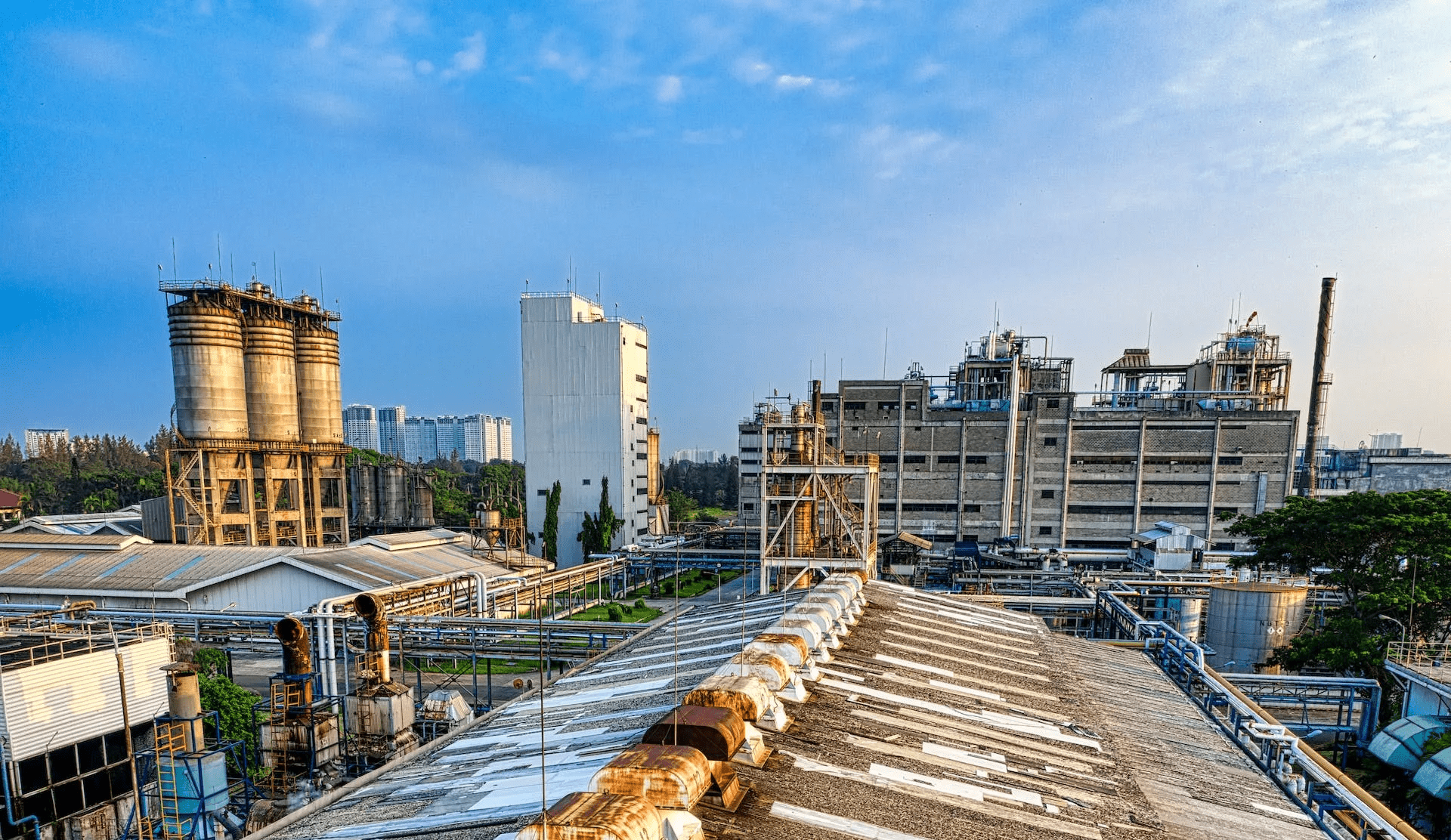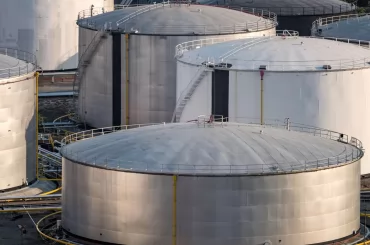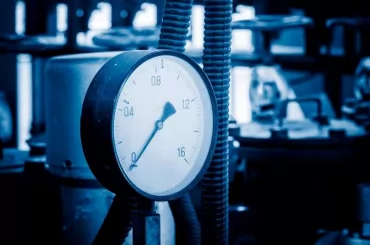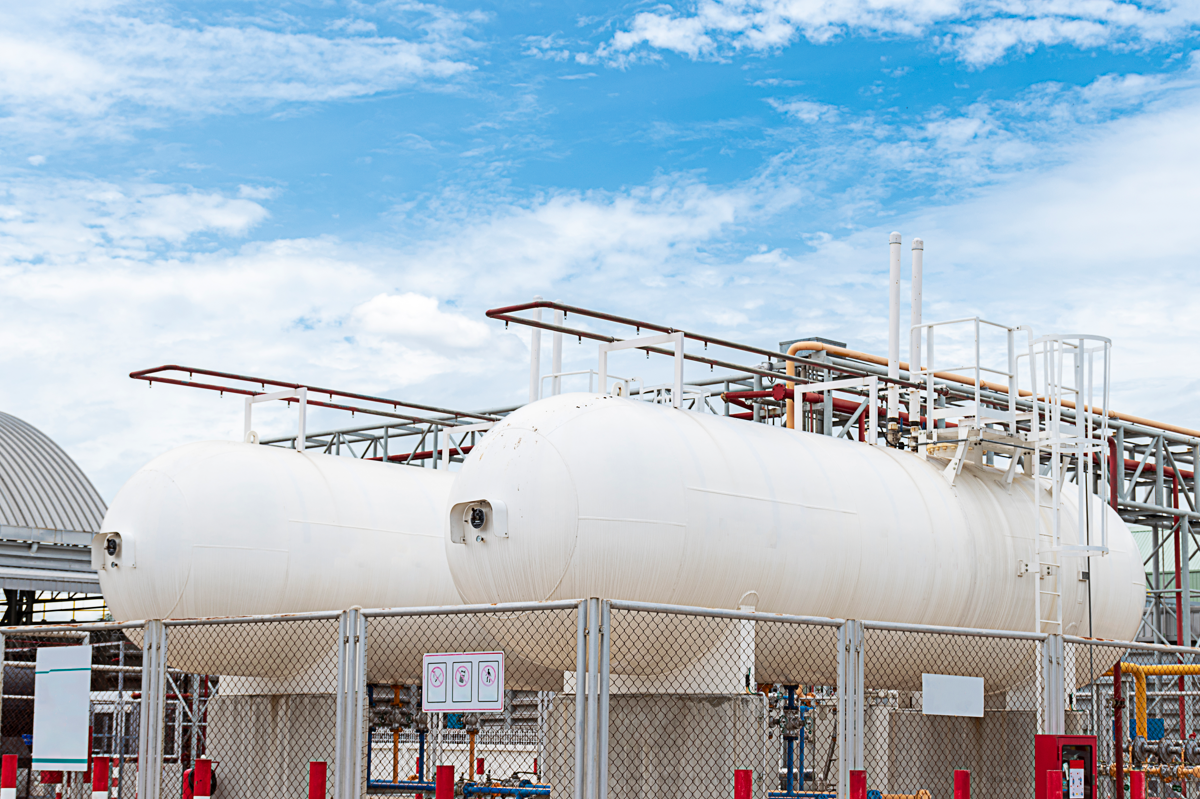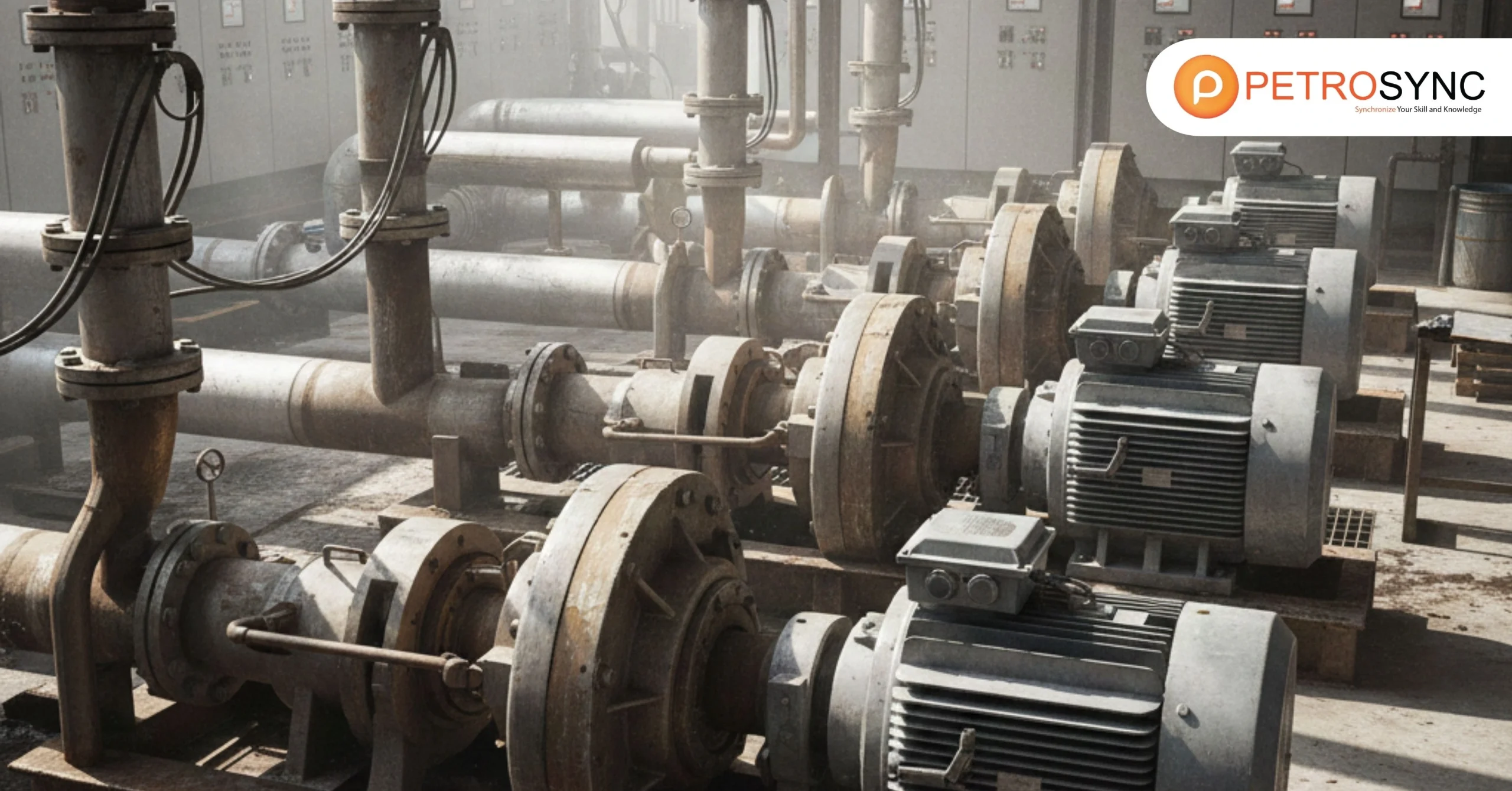Corrosion materials are a significant concern in various industries, especially in the oil and gas sector. Understanding the intricacies of corrosion, its prevention, and how to protect against it is crucial for engineers and professionals. In this informative article, we will delve deep into the realm of corrosion materials, covering everything from its basics to advanced protection techniques. Let’s equip you with the knowledge you need to combat this common adversary effectively.
What Are Corrosion Materials?
Corrosion materials are a group of substances that undergo a process of deterioration when they come into contact with environmental factors such as air and water. These materials can include various types, such as metals, plastics, ceramics, and combinations of these materials.
Corrosion Materials can be categorized into various types, including:
1. Metals
Metals, like iron and steel, are commonly affected by rusting or oxidation when they come into contact with moisture and oxygen, which causes their surfaces to corrode and weaken over time.
2. Polymers
Polymers, which include plastics and rubber, are vulnerable to environmental stress cracking, meaning they can develop cracks or become brittle when exposed to certain environmental conditions, potentially leading to structural issues.
3. Ceramics
Ceramics, such as pottery and porcelain, are subject to surface degradation, resulting in the loss of their smooth and glossy appearance as they wear down over time due to exposure to various factors.
4. Composites
Composites, made by combining different materials, can be prone to galvanic corrosion. This type of corrosion occurs when dissimilar materials within the composite generate electrical currents upon contact, leading to corrosion, which can compromise the material’s integrity.
Understanding the science behind corrosion is essential for developing effective protection strategies.
What Are The Factors Affecting Corrosion?
Corrosion can happen due to several following factors.
1. Temperature
Higher temperatures accelerate corrosion because they provide more energy for chemical reactions, which leads to a faster breakdown of materials. Conversely, colder temperatures can slow down corrosion processes.
2. Moisture
Increased humidity and moisture create conditions conducive to corrosion. Water acts as a catalyst for chemical reactions, facilitating the degradation of materials. On the contrary, dry environments are less likely to promote corrosion.
3. Chemical Exposure
Exposure to corrosive chemicals, like acids or alkalis, expedites material deterioration by triggering chemical reactions that contribute to corrosion. Avoiding contact with these substances is crucial for preventing corrosion.
4. Microorganisms
Certain microorganisms, such as bacteria, can promote corrosion by producing corrosive byproducts during their metabolic processes. These byproducts accelerate the corrosion of materials, making it essential to protect against microbial-induced corrosion.
Preventing corrosion is a top priority for professionals in various industries. Here are some effective methods:
1. Coatings
Applying protective coatings, such as paint or anti-corrosion sprays, creates a barrier between the material and the environment.
2. Cathodic Protection
This method involves using a sacrificial anode, like zinc, to protect the material.
3. Material Selection
Choosing corrosion-resistant materials for specific applications is a proactive approach.
What Are The Best Practices To Prevent Corrosion?
To effectively prevent corrosion, consider these best practices:
- Regular inspection and maintenance.
- Proper storage to avoid exposure to harsh conditions.
- Monitoring environmental changes that can affect corrosion.
What Are Corrosion Protection Techniques?
While corrosion can occur despite our preventive efforts, there are techniques available to provide protection.
1. Passivation
Think of passivation as giving your material a protective shield. This shield forms naturally when certain materials, like stainless steel, meet oxygen. It acts like invisible armor, preventing the material from reacting with its surroundings. This technique is handy in places like food and pharmaceutical industries where we need to keep things clean and corrosion-free.
2. Anodic Inhibition
Anodic inhibition is like putting the brakes on corrosion. It’s all about controlling the chemical reactions that lead to corrosion. This is particularly useful in places like offshore oil platforms, where metal structures are under constant attack from the sea. By tweaking the electrical setup, we can slow down or stop corrosion.
3. Cathodic Protection Systems
These systems are the bodyguards of metal structures in water, like pipelines or ships. They use two methods. First, they introduce a “sacrificial anode” made of a more reactive metal. This anode takes the hit and corrodes instead of the important structure. Second, they use an electrical current to push back against corrosion. This double defense keeps metal structures safe and extends their lifetime.
What Are Some Frequently Asked Questions Regarding Corrosion & Materials?
1. Can corrosion materials be completely eliminated?
Corrosion can be minimized but not entirely eliminated. The goal is to manage and control it effectively.
2. Are there eco-friendly corrosion prevention methods?
Yes, many environmentally friendly coatings and materials are available for corrosion prevention.
3. How often should I inspect for corrosion?
Regular inspections, at least annually, are recommended to catch early signs of corrosion.
4. What industries are most affected by corrosion materials?
Industries like oil and gas, maritime, and aviation are highly susceptible to corrosion issues.
5. Can corrosion lead to safety hazards?
Yes, corrosion can compromise the structural integrity of materials, leading to safety concerns.
6. Is corrosion more common in specific geographic regions?
Corrosion rates can vary based on the environment. Coastal areas and regions with high humidity often experience more corrosion.
Dealing with corrosion materials can be quite a challenge, especially in industries where material strength is crucial. To tackle this problem effectively, you need to understand the science behind corrosion, learn how to prevent it and know how to protect materials. Regular maintenance, choosing the right materials, and being proactive are essential in reducing the impact of corrosion.
But if you’re an corrosion engineer and wanting to dive deeper into the world of corrosion, PetroSync has a valuable resource to offer. We provide detailed information on API 571, which covers the different ways materials get damaged in the refining industries. This resource can help you become even more knowledgeable about corrosion and how to combat it effectively. Join our API 571 training and master the damage mechanisms with PetroSync!
Credit:Freepik

SEO specialist by day, fact-checker by night. An avid reader and content writer dedicated to delivering accurate and engaging articles through research and credible sources.

